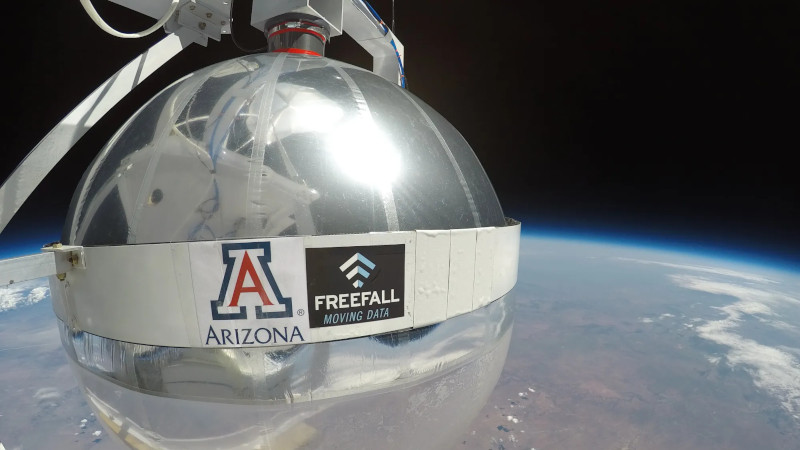
A parabolic antenna is a simple enough device, a curved reflector designed to focus all the radiation from the direction it’s pointed into a waveguide or antenna at its feedpoint. They’re easy enough to make for a radio amateur, but imagine making one for a spacecraft. It must fold into a minimal space and weigh almost nothing, both difficult to achieve. An engineering academic doing work for NASA, [Christopher Walker], has a new way to make the parabolic surface that solves the spacecraft designer’s problems at a stroke, it forms its parabolic reflector on the inside of an inflatable structure. In this way relatively huge reflectors can be built in space, with easy folding and very little weight.
The linked article describes the antenna as spherical and its accompanying photograph certainly looks pretty spherical to us. This does however present a problem, because a circle and a parabola are not the same. Thus a purely spherical shape might approximate to a parabola at low angles but would remain a not-very-good antenna because of the relatively small usable area of the sphere it would present. The same problem affects photographers, in that their lenses will present some level of spherical aberration as they tend away from a parabolic shape.
The NASA article is frustratingly vague on the details of how they intend to solve this problem, but we’re guessing that they might design their balloon with carefully shaped panels such that it reaches the desired profile when under pressure. Think for a moment of the techniques that dress designers use to create 3D shapes in fabric, or that metal fabricators put into structures for hydroforming. It’s also possible that a feedhorn could be designed to correct for the effect of a spherical reflector, but perhaps that might be a less simple solution.
Oddly this isn’t the first time we’ve looked at the shape of a parabola.
0 Commentaires